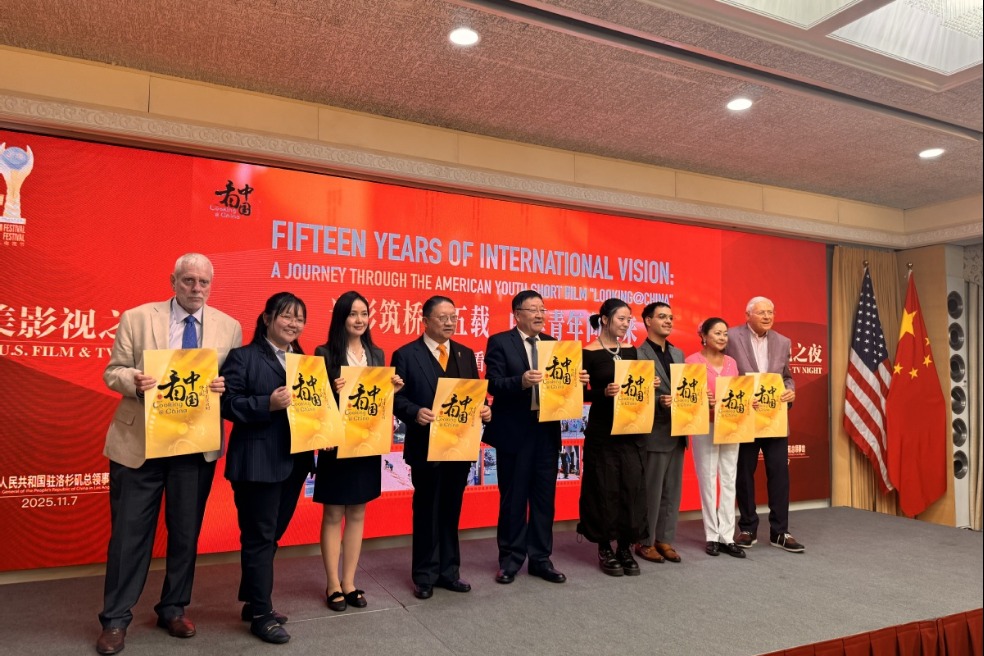Discovery of 80,000-year-old tools at Jebel Faya in Sharjah

SHARJAH - In the rolling desert landscapes of Sharjah, a remarkable discovery is helping rewrite what we know about early human history. A groundbreaking study, recently published in Archaeological and Anthropological Sciences, a leading peer-reviewed journal by Springer Nature, has confirmed that early humans once lived in the Jebel Faya region around 80,000 years ago — adding a vital new layer to a much older story stretching back 210,000 years.
These new findings go far beyond a timestamp. They reveal how early Homo sapiens didn't just pass through Arabia — they adapted to its unpredictable climate, inhabited its landscapes, and left behind clues that speak of innovation, resilience, and survival. The broader Faya Palaeolandscape, the ancient environment surrounding Jebel Faya, emerges not only as a waypoint in human migration but as a long-term settlement — one that supported life, adaptation, and cultural advancement across millennia.
The study is the result of an ambitious international collaboration led by the Sharjah Archaeology Authority (SAA) in partnership with the University of Tübingen and University of Freiburg in Germany, and Oxford Brookes University in the United Kingdom. The project was funded by the German Research Foundation (DFG) and the Heidelberg Academy of Sciences.
What makes this discovery especially striking is its timing. The evidence at Jebel Faya ties human presence to the closing chapter of a climatic phase known as Marine Isotope Stage 5a (MIS 5a) — a time of dramatic environmental shifts.
"Think of MIS 5a as a climatic pendulum," explains Dr. Knut Bretzke, lead researcher and head of the German Archaeological Mission in Sharjah. "Temperatures and rainfall patterns swung wildly. Monsoons from the Indian Ocean brought brief windows of rainfall that turned Arabia's barren deserts into green patches of lakes and grasslands."
In those rare humid phases, life bloomed — and early humans made their mark. Contrary to the long-held belief that the Arabian Peninsula served only as a corridor for migration, these greener interludes provided a habitable refuge, sustaining long-term human presence.
At the heart of the discovery lie stone tools — silent, sharp witnesses to a vanished way of life. What sets the inhabitants of Jebel Faya apart is not just that they used tools, but how they made them.
While other sites across northern Arabia have yielded triangular or ovoid tools, the assemblage at Faya is different. Here, early humans crafted elongated blades and flakes using a method called bidirectional reduction — a technique involving precise, strategic strikes to both ends of a stone core.
"This wasn't random knapping," says Dr. Bretzke. "Bidirectional reduction required foresight. It's like a chef filleting a fish — each strike intentional, each angle calculated. The goal was to maximise material efficiency, preserving the raw stone for future use. It reflects deep environmental knowledge and an extraordinary level of cognitive skill."
The results were multipurpose tools — designed for hunting, butchering, processing plants, and crafting more tools. In this remote corner of Arabia, technology was not only survival — it was culture.
Jebel Faya doesn't just offer a glimpse into the past — it preserves it in almost uninterrupted layers. The site holds a near-continuous archaeological record from 210,000 to 80,000 years ago, a rarity in Arabian archaeology. Using luminescence dating, researchers were able to determine the age of sediment layers with remarkable precision, suggesting that early humans either continuously occupied or repeatedly returned to this site across different climate phases.
As Sharjah moves forward with the nomination of the Faya Palaeolandscape to the UNESCO World Heritage List, the study provides further weight. It positions the region as one of the earliest known locations in the Arabian Peninsula where humans didn't just survive — they adapted, innovated, and thrived.
For Eisa Yousif, Director of SAA and one of the study's contributors, the findings carry both scientific and human meaning: "The discoveries at Jebel Faya show that resilience, adaptability, and innovation are among the most defining traits of humanity. These tools reflect a profound relationship between people and their land. As we advance our efforts to nominate the Faya Palaeolandscape for UNESCO recognition, we are reminded of how our shared past continues to shape who we are — and who we may become."
Beyond the data and dating methods, the study offers a blueprint for how rigorous science can meet compelling storytelling. It invites both academic and general audiences to reimagine the human journey, not as a straight line, but as a layered story written into stone.
And through it all, it cements Sharjah's leadership in archaeological research and cultural heritage preservation — not only documenting history but redefining its role in telling it.
WAM
































